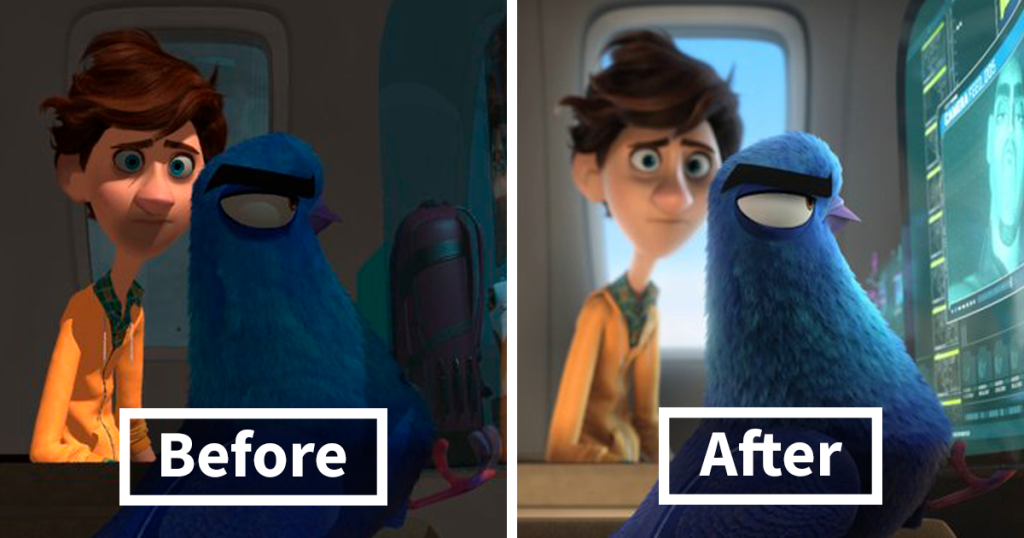
Short answer: A lighting artist designs and implements the lighting of a game’s world—using light, shadow, and color to create mood, guide the player, and support gameplay clarity.
Who is NOT a Lighting Artist?
- A person who only models 3D environments (that’s an Environment Artist) is not a Lighting Artist.
- A person who only creates visual effects like explosions or smoke (that’s a VFX Artist) is not a Lighting Artist.
- A person who only textures surfaces (that’s a Texture Artist) is not a Lighting Artist.
- A person who only designs levels (that’s a Level Designer) is not a Lighting Artist.
What does a Lighting Artist do?
- Lighting setup: design natural, artificial, and stylized light sources.
- Mood & atmosphere: establish tone—horror, adventure, mystery, action.
- Gameplay readability: highlight objectives, guide players, and define silhouettes.
- Technical lighting: set up dynamic vs. baked lighting, lightmaps, and reflection probes.
- Optimization: balance visual quality with performance (shadows, GI, volumetrics).
- Collaboration: work with environment, VFX, and art directors to achieve the desired look.
Why it matters
Lighting controls how players feel and navigate the game world. It reinforces narrative, highlights gameplay, and defines the game’s visual identity.
Common misconceptions
- “Lighting is just artistic.” → It also involves technical setup and optimization.
- “It’s just placing light bulbs.” → It’s about storytelling and direction through light.
- “Lighting only matters in cutscenes.” → Gameplay readability heavily relies on good lighting.
Core skills & tools
- Engines: Unreal Engine (Lumen, Lightmass), Unity (HDRP, URP).
- Software: Blender, Maya, 3ds Max (for pre-visualization).
- Knowledge: color theory, composition, cinematography.
- Techniques: baked vs. dynamic lighting, volumetric fog, post-processing.
- Optimization: shadow maps, reflection captures, light culling.
Practical frameworks
- Three-point lighting: key, fill, rim (adapted to games).
- Leading the eye: use light to draw attention to gameplay areas.
- Color psychology: warm = safe, cold = danger, saturated = focus.
- Time-of-day systems: dynamic cycles affecting mood and gameplay.
Portfolio tips
- Present before/after shots with lighting passes.
- Show different moods (day/night, horror/adventure).
- Include flythrough videos demonstrating how lighting guides players.
- Break down technical setups (lightmaps, GI, post-process).
Quick example
Think Resident Evil 2 Remake: moody lighting amplifies horror and guides exploration.
Or Control: striking color and light contrasts define atmosphere and narrative tone.
Author: Pouria Mojdeh
References:
- Jeremy Birn – Digital Lighting and Rendering (New Riders, 2014)
- Juan Carlos Torres – Lighting for Animation: The Art of Visual Storytelling (Routledge, 2016)
- Kelly Dempski – Real-Time Rendering Tricks and Techniques in DirectX (Premier Press, 2002)
- Jesse Schell – The Art of Game Design: A Book of Lenses (CRC Press, 2019)
- Game Developer (formerly Gamasutra) – www.gamedeveloper.com
